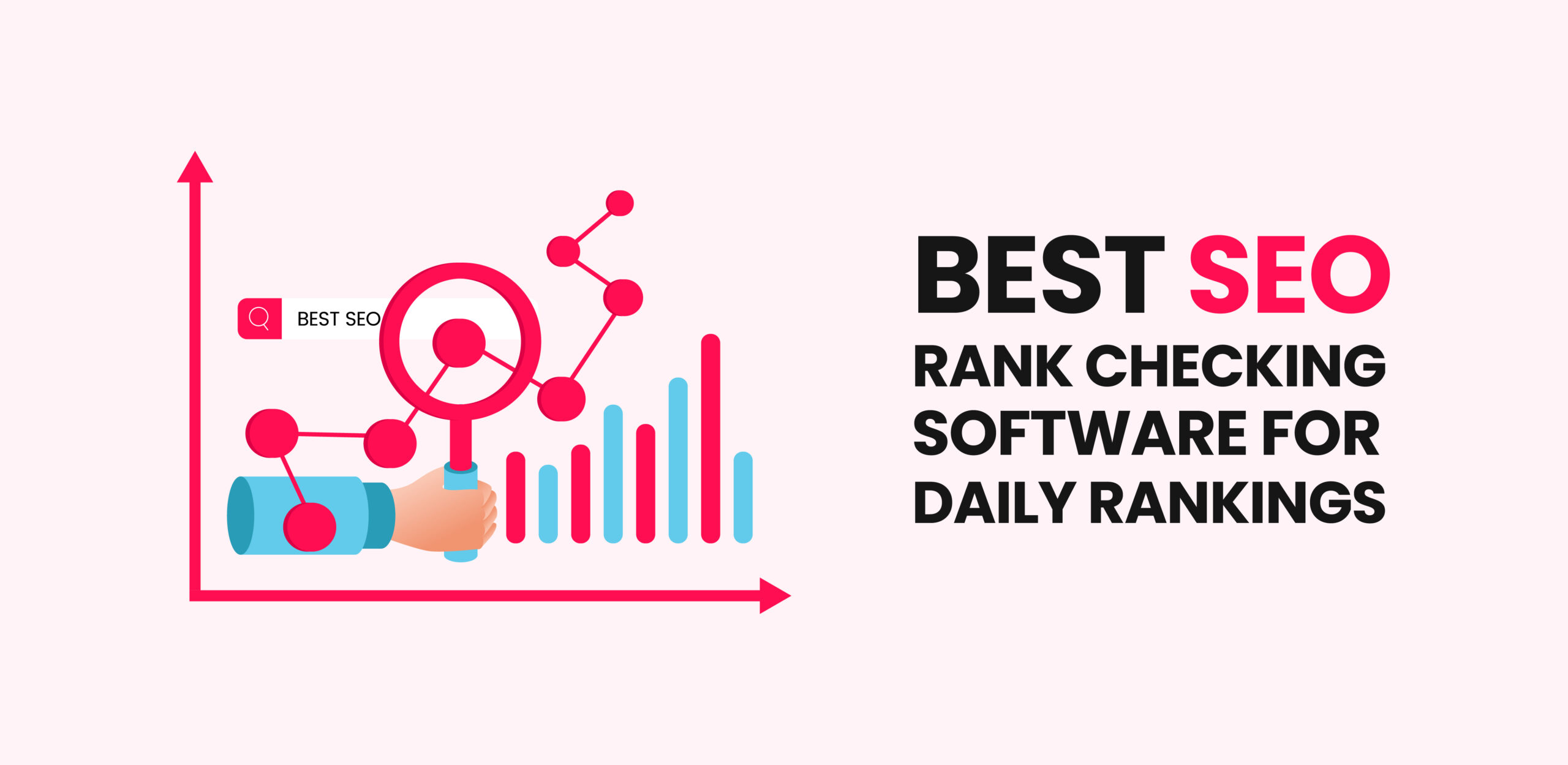Digital businesses are rapidly leaning towards practices that scale SEO to help drive more traffic in a shorter time span. However, the process is accompanied by a number of challenges. For example, managing large amounts of data, creating bulk content without compromising quality, automating complex workflows, and optimizing numerous pages at once.
With all these challenges, is it still worth investing time and resources into developing a system to scale SEO? The simple answer is…Yes.
Because scaling SEO is like hitting the accelerator on your productivity engine. The process ensures that your search engine growth is substantial, provided you maintain a consistent pace.
In this blog, we discuss the basics of scaling SEO and cover the following topics.
- The importance of scaling content and why it should be implemented.
- Challenges associated with scaling content.
- A complete framework to help websites scale SEO and content production.
Why Is It Important To Scale Content Production for SEO?
Scaling content involves expanding the scope and capacity of content production, primarily with the goal of increasing reach and generating more revenue. However, the process is contingent on a number of strategic decisions, like:
- Hiring a skilled team of copywriters, content strategists, and subject-matter experts.
- Getting access to automation tools like writing assistants, video creation sites, and social media management tools.
- Creating templates for content formats like videos, articles, case studies, and white papers.
- Planning and optimizing operations based on business size.
The main challenge arises when the goal is scaling SEO with limited resources. The key here is to focus on customer retention and utilize free resources. It also involves monitoring progress over time and making data-driven decisions to focus on content that actually converts. Many businesses implement content repurposing and batch writing to increase the volume of their content.
Why should businesses scale content?
Because once you figure out how to scale content production for SEO, you’ve probably already cracked half the code. Producing more content means augmenting your chances of being on the first page of search engine results. It also confers more SEO credibility by incorporating a higher number of niche-relevant terms on your websites, eventually establishing relevance and authority. In fact, scaling content production is now practically a requirement for SaaS startups, eCommerce platforms, and wholesale retail sites, as these websites feature more pages than any standard site.
The first step when trying to scale SEO is to set clear goals and KPIs for your team. Next, create a paced content production plan utilizing historical data and analyzing current work operations. Apply the collected information to standardize tasks and set objectives. You can then start creating content that reflects the interests of your audience.
Benefits of Producing Bulk Content
Creating fresh pages and repurposing old content can be beneficial for your business in a number of ways.
Improved Brand Visibility — When you create fresh content regularly, your keyword pool expands, which can eventually lead to your website claiming more places on the SERP.
Improved Topical Authority — Identifying pillar topics and planning content around them can place your brand as an authority on a particular topic in your niche. This is possible when the content follows E-E-A-T standards and fulfills the HCU guidelines.
Better Funnel Marketing — Accelerating content production ensures more funnel coverage, letting you create content that targets consumers at each phase of the marketing funnel.
Better Visibility Across Channels — Scaling content involves boosting productivity on all content formats, including video, image, and text. This means that you get to boost your visibility simultaneously across popular channels like YouTube, Instagram, X, and LinkedIn.
More Backlinks — Everyone wants to link to high authority content that provides value to their readers. With content spanning across various topics in your niche, you essentially expand your chances to get referenced by websites in the same niche.
Long Term Cost Cutting — The initial investments in your content scaling journey may seem like a lot. However, once the system is in place, the costs will come down too since you’ll be following pre-made templates and standards.
What Is The Role Of Programmatic SEO In Scaling Content?
Programmatic SEO removes manual effort from the writing and publishing process. It is used by companies like Zapier, Canva, and Yelp to create content for a large number of pages at once.
Ahrefs describes programmatic SEO as:
“Programmatic SEO refers to the creation of keyword-targeted pages in an automatic (or near automatic) way.”
How is programmatic SEO a scalable SEO strategy?
Programmatic SEO runs on an existing database to create thousands of pages. This is usually great for B2B websites, eCommerce sites, and data-driven platforms, as they are heavily focused on content production. Simply put, it’s a core practice when scaling SEO, which uses automated page generation and content creation to boost productivity.
There are strategic steps you can follow to implement programmatic SEO and produce more content in a shorter span of time. Build a database to enable automation in the page creation process. This database may include URL templates and landing page templates focused on historical keyword patterns (such as search volume and ranking difficulty) across search engines. This way, you know that you are creating user-centric pages and automating tasks at the same time
Businesses trying to incorporate programmatic SEO into their scaling system need to figure out how to distinguish search patterns and leverage them to optimize SEO elements like headings, metadata, and content structure. Chris Kirksey had been using these techniques in conjunction with AI tools to produce bulk content for his clients. We had a detailed talk with him on our podcast recently, in which he shared the practical application of programmatic patterns in detail.
Challenges Associated With Scaling SEO
Large websites often fall short, even with scalable SEO strategies, due to the need for optimization of granular details. Here are some of the challenges faced by them on a regular basis.
Allocating Crawl Budget
Enterprise websites and global web stores have complex needs. Due to a large volume of content and an extensive site structure, they often run low on their crawl budget. This is because Google often allocates crawl budgets based on technical health, publishing frequency, and site authority. To ensure that a website gets a higher crawl budget and indexes all important pages, there are a few things web owners can do:
- Add low-priority or unimportant pages to the robots.txt file or use the meta noindex tag to avoid index bloat, and indirectly assign preference to the important pages.
- Audit content regularly to identify which pages are wasting crawl budget. These could be thin content pieces, low-quality content, or duplicate pages. Remove, merge pages, or update content to ensure the correct pages are crawled and indexed.
- Link internally to fresh content to facilitate search crawlers in discovering new pages.
- Implement schema markup on all content formats to help search crawlers better understand the context and structure of a page.
- Optimize site structure and ensure it is technically competent in order to assist the crawl. Google can use your site hierarchy to determine the location of important pages, so make sure they’re placed correctly.
Avoiding Duplicate Content
A website with thousands of pages is likely to have duplicate content, despite comprehensive SEO content planning and management. Here are a few common complications reported by enterprise website owners:
- Product variations listed on different URLs.
- Multiple content pages targeting the same query.
- Filtered category pages directing to product URLs that look almost identical.
These reflect confusing signals to search crawlers, which may result in low website visibility on the SERP. Therefore, a system should be put in place so that enterprise websites can scale SEO without running into duplication issues. Here’s what they can do:
- Apply canonical tags (rel=canonical attribute) on pages with similar content to specify which page to display on the search engine.
- Set a unique focus keyword for each page to make sure that your pages are not competing against each other.
- If a website wants to syndicate your content, let them, but clearly convey that they will need to add a canonical link or a no-index tag.
- Run a site-wide audit to determine which products appear in multiple categories and apply canonical tags to ensure only one of them gets indexed. Also keep an eye out for filtered category pages that may be creating many versions of the same page. Use a robots.txt file to stop search engines from crawling them unnecessarily.
Learn How to Scale SEO Content With Our 6-Step Framework
If you want to scale SEO using content as your foundation, here is a step-by-step approach to follow.
Set Clear Goals
Building a scalable content marketing strategy relies on how well you prioritize and plan. Having clear goals and KPIs helps achieve the overall objective of a business by providing a clear framework outlining the key content objectives.
For example, you may decide that you want to target 10 niche topics per month or produce a total of 10 blogs per week. These goals can be based on how much traffic you want on your website. You can use SEO forecasting techniques to predict the overall performance and set goals based on those findings.
Plan Content
The main objective of any SEO scaling system is to improve search engine rankings, enhance cross-channel brand visibility, and drive more traffic to a website. For that, you need to identify how your audience searches for your products/services on the web and target those search terms.
A good technique is to create content calendars twelve months in advance. Start by performing a thorough keyword research to identify terms with high search volume. Analyze top trends in your industry and create a semantic base (list of topics indirectly related to your niche) to cover all major user queries in your niche. Prioritize hyper-focused long-term queries, as these are responsible for 34.3 percent of traffic directing to a website.
For example, if you are creating a content template for an eCommerce website, start by dividing the categories and then plan keywords for each category separately. For example, for a subcategory ‘female clothing’, you can create content for keywords like:
Women dresses
Ladies tops
Female t shirts
Plus size women clothing
Women’s casual outfits
Women apparel
Summer clothes for women
Women office wear
Now, create content revolving around these topics and explore semantic terms to define clusters. This could be blogs, e-books, video scripts, and graphic files. Assign these tasks to writers based on pre-determined content goals, and coordinate with graphic designers and SEOs to maintain the pace.
Schedule posts to ensure consistent progress over time, because scaling SEO will never yield results without sustained efforts. Make sure that the scaling system does not sacrifice content quality, relevance, and authority.
Streamline Task Delegation
If you want to scale SEO content seamlessly, it’s important to streamline the process of assigning work among the team members. In order to avoid scatter and confusion, and ensure content calendar shapes into completed tasks, it’s smart to use management tools like Trello, Slack, Asana, or Google Sheets.
Here is how we at Link Building HQ streamline our content workflow and assign tasks using Google Sheets.
Create Content Pillars
Next in the list of tasks to scale SEO involves determining broad topics and assigning content pillars. Content pillars are topics that can branch out into multiple cluster topics to be covered in depth. What you need to do is define the pillar page first. This is the larger topic that can be studied in depth for broader coverage. It could be an article, a video, a product roundup, or an e-book.
Now, plan content around this pillar page to build authority on the subject. The cluster pages mostly comprise blog posts and social media posts. Utilize all semantic terms and keywords in these cluster pages to ensure that your website ranks higher for the target search terms. In order to drive additional traffic to these pages, create backlinks, engage on forums, and link your posts on social media platforms.
Repurpose Old Content
One of the most effective strategies to scale SEO is recycling old content. An analysis by the Content Marketing Institute revealed that 37% of marketers find content repurposing a challenge. But if done strategically, it can deliver a better output compared to any other content scaling technique.
One piece of content can fuel multiple channels with minimal additional effort. For example, a podcast video converted into a blog or a YouTube video that features repackaged clips from an Instagram reel or a TikTok video. Take this as an example. We created a video script for the topic “How to Create Link-Worthy Content on YouTube.” Here is the video.
Later, we used the video script, tweaked it a bit, and converted it into a blog titled “From Content to Connections: The Art of Link Building through Link-Worthy Content.” This saved us tons of research time, writing labor, and overall effort.
We were able to interlink the two and redirect traffic from our YouTube channel to the website and vice versa. We saw a significant increase in video views as well, and we assume some of this traffic was redirected audience from our blog page.
Leverage SEO Automation
Automation in SEO refers to adopting tools and techniques that help mitigate the effort associated with repeated tasks. Automation can boost productivity significantly, but a prerequisite for that is building the right resource network. This means onboarding tools, building pre-approved templates, and integrating AI into the mix. Basically, removing manual effort from the process.
Additionally, these improve efficiency by ensuring consistency across all marketing materials and maintaining a work pace that’s sufficient to achieve the scaling goals. By generating drafts, formatting written content, making auto-edits, and repurposing previous content, they allow marketers to focus more on the strategizing part of SEO.
Which content types can be automated?
Text-based content including blogs, social media posts, landing pages, ad copies, and video scripts.
Video-related tasks such as editing, repurposing, sound addition, and slideshows.
Interactive content such as AI chatbots, calculators, and quizzes.
Data-driven content that’s used to personalize emails, report stats to clients, and produce targeted marketing copies.
To automate tasks efficiently, you can leverage both paid and free AI SEO tools, but it’s best to analyze their efficiency with tasks you plan to automate. Here is a list of the best tools to scale SEO content (text, visuals, and video) for higher productivity.
Writing & Editing — ChatGPT, Jasper, Grammarly, Copy.ai, Writesonic.
Graphic Design — Canva, Adobe Express, DALL·E, Visme, Adobe Express.
Video Creation & Editing — Lumen5, Animoto, OpusClip, InVideo, Synthesia, Runway.
Bonus Tips To Scale SEO
We are at the end of the series, so we’ll leave you with some bonus tips to tie up the loose ends in your SEO scaling journey.
- Find a list of cluster topics for your pillar page using AI tools like ChatGPT, Perplexity, and Grok to brainstorm semantic terms that branch out into a broader context.
- Utilize multichannel sharing to generate more traffic to your pillar pages. For example, add a link from a trending blog post to your LinkedIn or X profile, or promote it on a video on the related topic.
- Automate audits with tools like Screaming Frog that help uncover technical issues, such as indexing failures, duplication, and 404 errors. By regularly auditing and managing these issues, you will mitigate the negative impact of technical SEO shortfalls.
- Break down traffic and conversion data by automating report generation using APIs to narrow down a large amount of data into digestible form.
- Leave mundane tasks to automation tools. These may include writing ALT texts, generating meta tags, customizing URL structures, and validating schema markups for various pages.
- Get AI to perform data analysis, trend forecasting, and competitor research for you. Pick AI SEO tools from this list to improve site-wide SEO efficiency.
With that, we conclude our guide on how to scale SEO using the content you produce. Follow these tips to hit the accelerator on your content production engine and push your SEO productivity off the charts!








